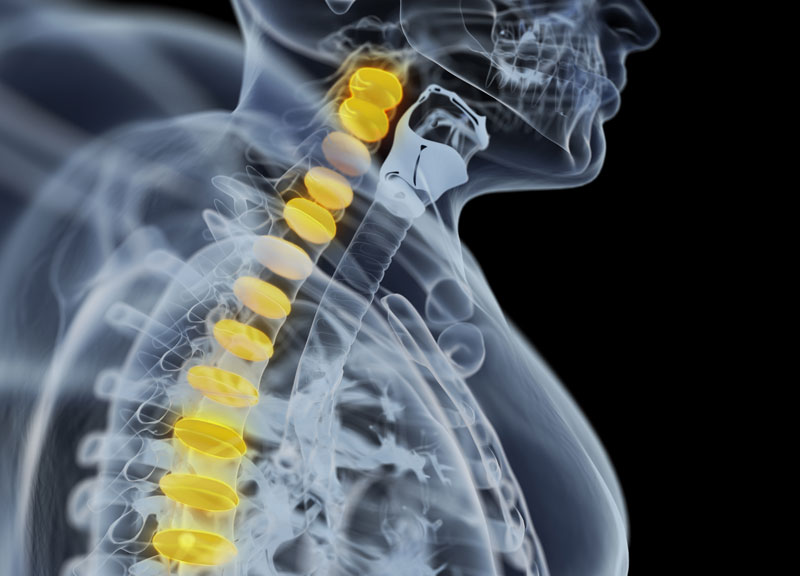The doctors suggest that the earlier the kyphoplasty procedure is performed, the better the chances of achieving desired results. Earlier treatment is known to ensure significant correction of spinal alignment. Hence, earlier diagnosis of compression fractures is crucial. The final decision to proceed with kyphoplasty intervention is determined by the surgeon and individual patient. This is done on a case by case basis.
Some of the most common factors influencing early intervention with kyphoplasty include the following listed below:
- Severe pain that is not or poorly controlled with pain medication
- Fractures with greater loss of height and angular deformity
- Severe functional limitations. This may include problems standing or walking
- Multiple fractures (a new fracture after old healed compression fractures)
- Fractures with progressive collapse
- Fractures that are diagnosed at the thoraco-lumbar junction (the spinal region between the lumbar spine and the rib cage)
Risks Involved with Kyphoplasty
Although kyphoplasty complications are very low, they are not zero. The risks may include infection, bleeding, spinal fluid leak, nerve injury, pulmonary embolus, and paralysis. There is less that 1% chances for each risk. Adverse reactions to the bone cement which may lead to hypotension and possibly death are very rare. These may be related to performing the surgery at multiple levels of the spine.
There is around 10-15% risk of additional compression fractures at other vertebral levels post kyphoplasty.
Alternatives to Kyphoplasty
Surgical Alternatives
Vertebroplasty – Vertebroplasty is the main alternative to this surgical treatment. The procedure is quite similar to kyphoplasty (being minimally invasive). Like kyphoplasty, this alternative therapy also involves injecting cement into the fractured vertebra.
Most surgeons consider vertebroplasty as a safe, minimally invasive procedure. It is known to providecondiserable pain relief for patients suffering from compression fractures resulting from osteoporosis.
The difference here is absence of any use of balloons. Also this procedure does not leave any room for height restoration to improve spinal alignment. When it comes to vertebroplasty the cement used is more liquid. The surgeon injects it under relatively high pressure. This is different from more viscous cement injected under low pressure while performing kyphoplasty. Lower viscosity leads to issues such as leakage of cement (these complications are rare).
Non-Surgical Alternative to Kyphoplasty
Rest – The doctor will patients to relax and take some rest from hectic schedule. It is important for the patient to restrict activities that strain the body or put pressure on the lower region of body.
Other Alternatives:
- Modification of activities
- Bracing
- Pain control by medication
- Physical therapy
All of the above listed measures are aimed at making the patient feel comfortable and functional. These measures will also allow for ample time for the fracture to heal. In most cases, the fracture will heal within 6 to 12 weeks. However, it is important to remember that non-operative treatment is attached with some risks. These include:
- The patient has to restrict from physical activities (most of them) leading to increase in bone loss. This may also result in increased risk of additional fractures.
- Certain complications and side effects may also arise from pain medications.
- Progressive collapse of the fracture.
- Increased deformity while the fracture heals




